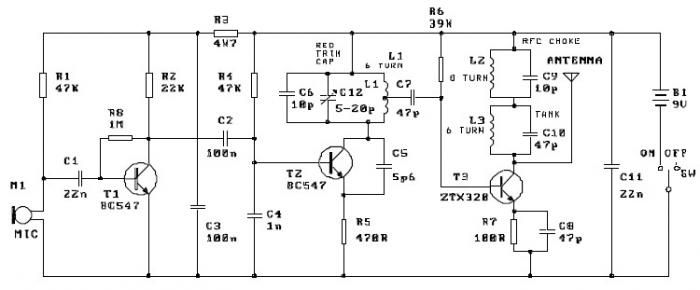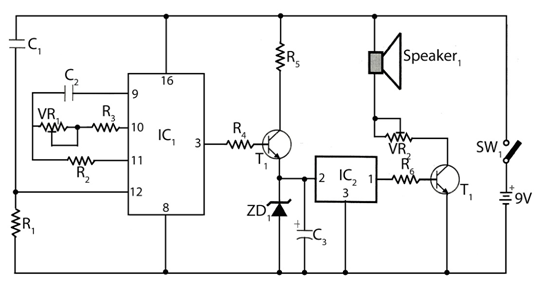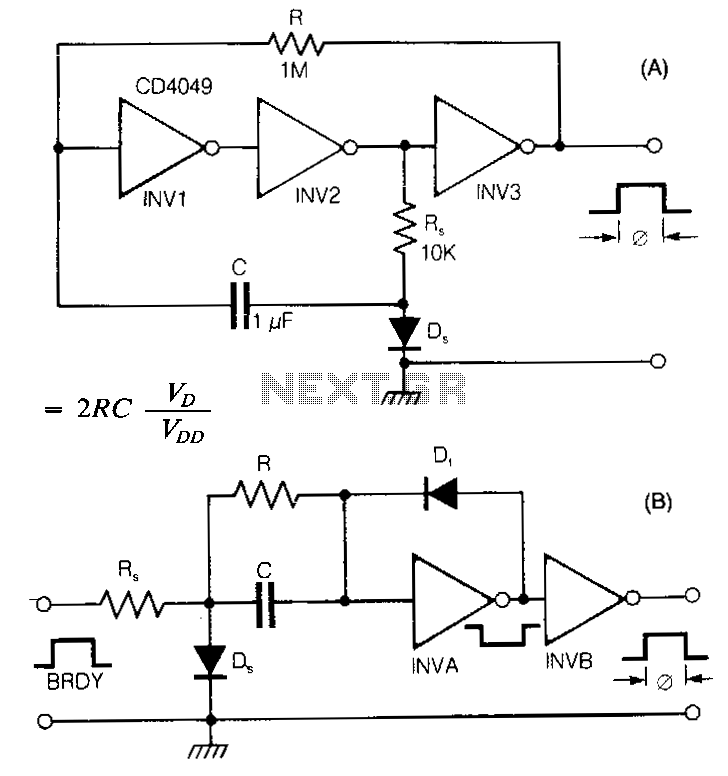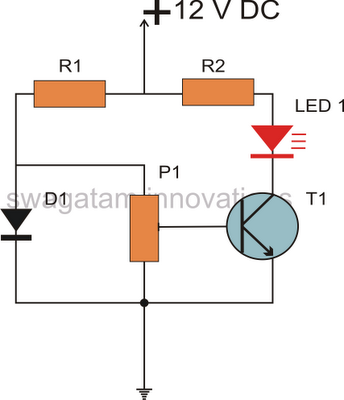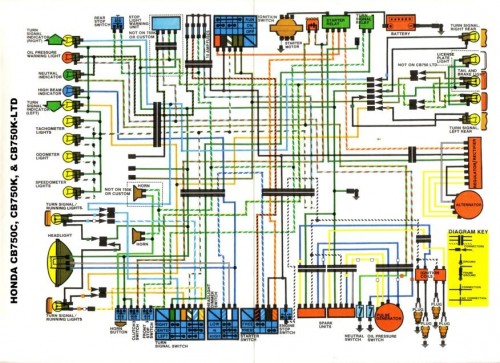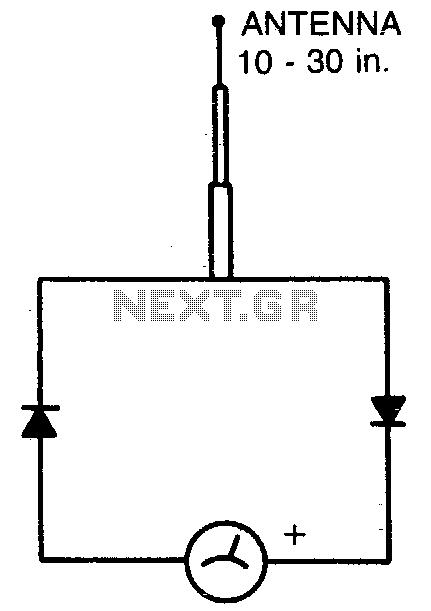
Simple VHF TV Transmitter
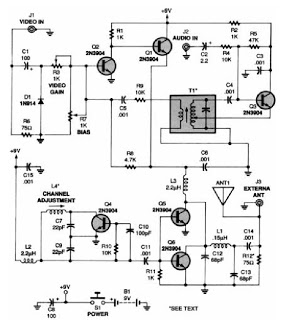
A low-power VHF TV transmitter is an essential tool for video enthusiasts, allowing the transmission of signals from a VCR to any television in a home or backyard setting. This device enables the convenience of watching movies by the pool on a portable television while a tape or laserdisc plays indoors. It also allows for private viewing of cable TV content. Additionally, videotapes can be duplicated from one VCR to another without the need for a physical cable connection. When linked to a video camera, a TV transmitter can serve as a surveillance tool for monitoring specific locations. The primary challenge for video enthusiasts is the high cost of commercial TV transmitters. Fortunately, it is possible to construct a TV transmitter at a significantly lower cost.
A low-power VHF TV transmitter operates within the VHF frequency range, typically between 54 MHz to 216 MHz, which is suitable for broadcasting television signals. The circuit generally consists of several key components, including an oscillator, modulator, amplifier, and antenna. The oscillator generates a carrier frequency, which is modulated by the video signal from the VCR or camera. This modulation process encodes the video information onto the carrier wave, allowing it to be transmitted over the air.
The amplifier boosts the modulated signal to ensure it can cover the desired transmission range, while the antenna radiates the signal into the surrounding environment. The construction of such a transmitter may involve using readily available components such as transistors, resistors, capacitors, and an appropriate power supply. A basic understanding of circuit design and soldering skills are essential for assembling the transmitter.
For optimal performance, considerations such as antenna design, power supply stability, and frequency stability should be addressed. The antenna should be tuned to the specific frequency of operation to maximize signal strength and minimize interference. Additionally, implementing proper shielding can help reduce unwanted noise and improve the overall quality of the transmitted signal.
In summary, a low-power VHF TV transmitter is a versatile and cost-effective solution for video enthusiasts looking to enhance their viewing experience, whether for personal entertainment or surveillance applications. By understanding the basic principles of operation and circuit design, individuals can successfully build their own transmitter to suit their specific needs.One of the most useful gadgets a video enthusiast can have is a low-power VHF TV Transmitter. Such a device can transmit a signal from a VCR to any TV in a home or backyard. Imagine the convenience of being able to sit by the pool watching your favorite movie on a portable with a tape or laserdisc playing indoors. You could even retransmit cable T V for your own private viewing. Videotapes can be dubbed from one VCR to another without a cable connecting the two machines together. When connected to a video camera, a TV transmitter can be used in surveillance for monitoring a particular location.
The main problem a video enthusiast has in obtaining a TV transmitter is that a commercial units are expensive. However, we have some good news! You can build the TV Transmitter described here for less. 🔗 External reference
A low-power VHF TV transmitter operates within the VHF frequency range, typically between 54 MHz to 216 MHz, which is suitable for broadcasting television signals. The circuit generally consists of several key components, including an oscillator, modulator, amplifier, and antenna. The oscillator generates a carrier frequency, which is modulated by the video signal from the VCR or camera. This modulation process encodes the video information onto the carrier wave, allowing it to be transmitted over the air.
The amplifier boosts the modulated signal to ensure it can cover the desired transmission range, while the antenna radiates the signal into the surrounding environment. The construction of such a transmitter may involve using readily available components such as transistors, resistors, capacitors, and an appropriate power supply. A basic understanding of circuit design and soldering skills are essential for assembling the transmitter.
For optimal performance, considerations such as antenna design, power supply stability, and frequency stability should be addressed. The antenna should be tuned to the specific frequency of operation to maximize signal strength and minimize interference. Additionally, implementing proper shielding can help reduce unwanted noise and improve the overall quality of the transmitted signal.
In summary, a low-power VHF TV transmitter is a versatile and cost-effective solution for video enthusiasts looking to enhance their viewing experience, whether for personal entertainment or surveillance applications. By understanding the basic principles of operation and circuit design, individuals can successfully build their own transmitter to suit their specific needs.One of the most useful gadgets a video enthusiast can have is a low-power VHF TV Transmitter. Such a device can transmit a signal from a VCR to any TV in a home or backyard. Imagine the convenience of being able to sit by the pool watching your favorite movie on a portable with a tape or laserdisc playing indoors. You could even retransmit cable T V for your own private viewing. Videotapes can be dubbed from one VCR to another without a cable connecting the two machines together. When connected to a video camera, a TV transmitter can be used in surveillance for monitoring a particular location.
The main problem a video enthusiast has in obtaining a TV transmitter is that a commercial units are expensive. However, we have some good news! You can build the TV Transmitter described here for less. 🔗 External reference
